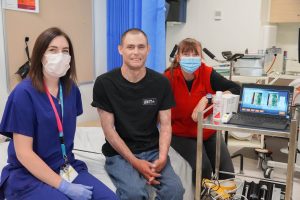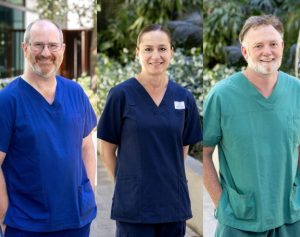By Dr Jackie Yeoh, CALHN GP Liaison
Sadly the Burns Unit at the Royal Adelaide Hospital (RAH) still see burns which are referred after a delay of weeks, and where the outcomes are consequently much poorer than if they’d been reviewed early.
As GPs we know that the long term consequences of burns can include keloid scarring, contracture, wound break down, ongoing pain and disability and also psychological distress and impaired body image.
Good early management both in terms of first aid and wound care makes a huge difference to how a burn can progress and can save the patient (and treating team) a world of pain if done well.
To better equip anyone who sees and manages burns to provide effective first aid, the Burns team at the RAH have developed a resource – The Burns First Aid Book.
Developed by advanced nurse unit manager of the Burns Unit at the RAH, Natalia Adanichkin, nurse consultant Stuart Harper and Burns Unit Medical Director Dr John Greenwood, the book provides a simple to the point information and flow charts on a range of burns treatments and the criteria for referral to the Burns unit.
There are still many myths around first aid for burns.
How many of us have seen patients coming in with ice applied to a burn, for example? This is definitely not a good idea as it increases tissue damage – the treatment is of course cold water, ideally running, applied for around 20 minutes.
While the burns resource is useful for GP practices, the resource is relevant for schools and pharmacies another place where people who have burned themselves go for advice on care.
The booklet is divided into several sections including general first aid, management for various types of burns, guidelines for referrals. It also includes a series of appendices which cover just about every situation that one might expect to encounter from major trauma to dressing guidelines for minor burns.
This last section lays out clear instructions for dealing with these common injuries including, the role of silver based dressings, how to use them, when and how to use Flamazine and so on. All evidence based and based on the considerable experience of years of managing burns.
The booklet is available free.
GPs in metro and country areas are also able to access burns education sessions – to find out more email Natalia Adanichkin rah.burns@sa.gov.au
Pictured are Adult Burns Unit NUM Natalia Adanichkin and nurse consultant Stuart Harper with patient John Glatz.



